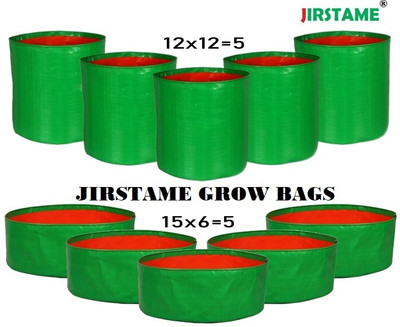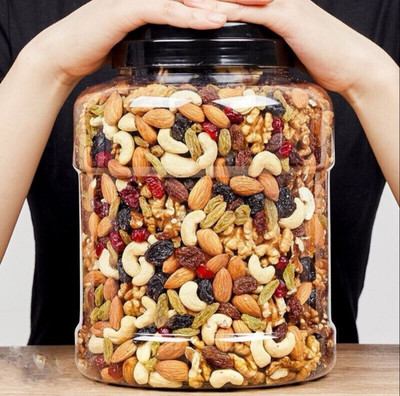
VibeX CUCUMBER Seed (55 per packet)
Share
VibeX CUCUMBER Seed (55 per packet)
Be the first to Review this product
₹348
₹747
53% off
Coupons for you
T&C
Available offers
T&C
T&C
T&C
T&C
Delivery
Check
Enter pincode
Delivery by15 Jan, Thursday
?
View Details
Highlights
- Seed Type: Vegetable
- Suitable For: Indoor, Outdoor
- Organic Plant Seed
- Seed For: CUCUMBER
- Quantity: 55 per packet
Services
- Cash on Delivery available?
Seller
Specifications
In The Box
|
General
| Brand |
|
| Model Name |
|
| Quantity |
|
| Common Name |
|
| Suitable For |
|
| Type of Seed |
|
| Organic |
|
| Net Quantity |
|
Be the first to ask about this product
Safe and Secure Payments.Easy returns.100% Authentic products.
Back to top




